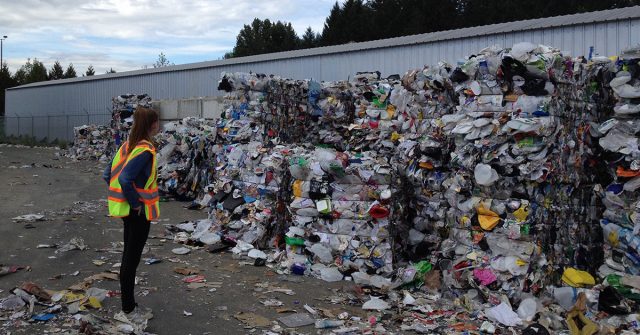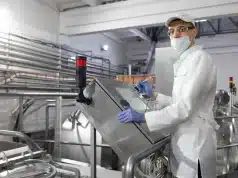Burning municipal, solid waste has been the most common way to get rid of plastic, ever since the 80ies. With the rise of technology, many incinerators that are operating now use the heat from the burning trash to provide electricity. Advocates of these plants say that it is all environmentally friendly.
Unfortunately, this is very far from the truth.
The attempt to present incineration as a source of renewable energy is a totally wrong move. Because it doesn’t take an expert to have one look at the plant and realize that these facilities are the top dangerous polluters of our environment.
But this is not where the story ends.
To make things even worse, according to research by the Tishman Environment and Design Center at New York City’s New School, a total of 1.6 million Americans reside alarmingly close to the country’s most toxic gas machines. These people who are usually a part of the lower-income and minority community are directly exposed to the toxic waste that these waste-burning plants produce.
Commercial waste combined with the burning of a household produces lead, mercury and small particles of soot. However, this pollution isn’t evenly distributed. Out of 73 incinerators across the US, an alarming 79% of them are located near the low-income and minority neighborhoods.
This means that, in total, 4.4 million of people live within 3 miles of an incinerator, out of which, 1.6 million live near the top 12 waste-burning plants who are responsible for the high emissions of lead, mercury, particulate matter, and nitrous oxide.
The worst part is, all of these pollutants are directly linked to a big range of health issues, mostly asthma, and heart disease. And even though US incinerators work within their permits and abide by the rules, researchers say that the emissions of pollutants that these plants produce are definitely one of the reasons for the increase of health issues that mostly burdens the poorer communities.
“Many of these communities sit in high concentrations of other pollution and in the US, we don’t regulate places on the cumulative burden they face,” said Ana Baptista, associate director at Tishman and the report’s co-author. “Even with the best pollution controls, there’s a real cause for concern for people living next to incinerators.”
Some argue that these waste-burning plants are far less harmful than landfills since landfills release extremely large amounts of methane. Meanwhile, environmentalists and activists in several cities refuse to give up their battles against the nearby incinerators.
Some of them even succeed in shutting one of the incinerators down, after the controversial plant was blamed for pungent smells and noise.
“Our communities have lost neighbors to cancer and asthma,” said KT Andresky, campaign organizer with Breathe Free Detroit. “Local businesses have been lost to crime and fires due to disinvestment around the incinerator. Entire neighborhoods have been devastated. That is what the Detroit incinerator did while it burned all of our trash.”
The most devastating fact in this story is that the placement of the incinerators appears to follow a certain pattern of environmental justice since people of color and from poorer communities are the ones that are often housed next to many sources of pollution.
“Incinerators have historically played a significant role in the creation or expansion of environmental sacrifice zones in our most vulnerable communities, lowering housing values and increasing diseases such as cancer, asthma and other health impacts to those living in close proximity to the toxic emissions being released,” said Mustafa Santiago Ali, a former environmental justice official at the EPA who departed the agency after two decades in 2017.
“Incinerators have never been just about public health, they have been about, race, power, justice, governance, and poverty,” he said.
“The decision we make today based on 30-plus years of environmental justice experiences will say a lot about the evolution of decision-making in our country.”





